When is the first day of spring, and what is the spring equinox? Here's the scoop, plus fun facts about spring.

When Is the First Day of Spring 2025? 12 Facts About the Spring Equinox

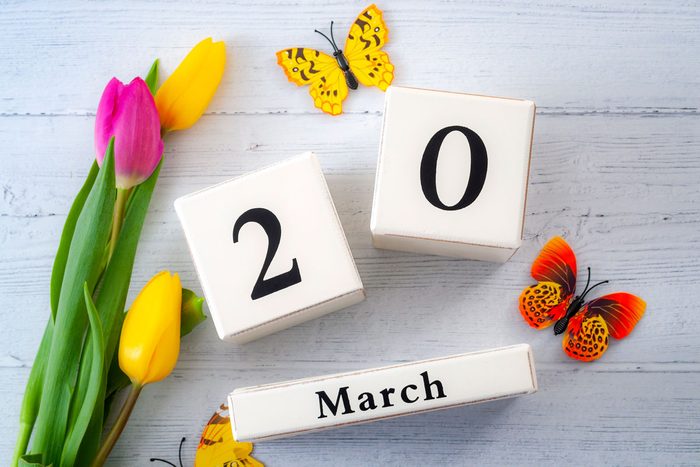
The spring equinox has other names
In the Northern Hemisphere, the spring equinox is also referred to as the March equinox and the vernal equinox. Stumped by that last one? It makes sense when you consider the word’s origin: Vernal means “spring” in Latin.

The word equinox has an interesting meaning
Equinox comes from the Latin words for “equal” and “night.” As the sun crosses the equator (Earth’s midline), the hours of daylight and nighttime are very nearly equal. The equinoxes are the only times when the sun rises directly due east and sets directly due west for everyone on Earth.

There’s a first day of spring celebration involving an ancient serpent god
In Mexico, in the ruins of the Mayan city Chichén Itzá, crowds gather at the ancient El Castillo pyramid every spring and fall equinox to witness an equinox celebration that dates back to the construction of the pyramid around A.D. 1000. The Maya were skilled astronomers, and the pyramid is dedicated to the feathered serpent god Quetzalcoatl. At sunset on the equinoxes, the angle of the sun creates shadows that look like a giant snake. The light-and-shadow snake appears to slither down the pyramid steps until it merges with the huge sculpted serpent’s head at the bottom.
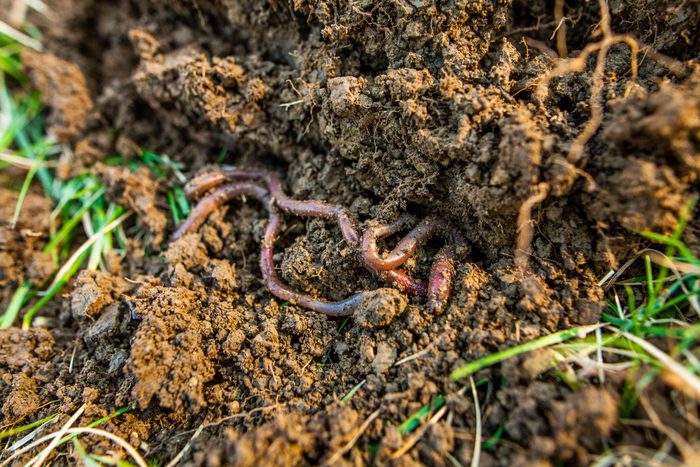
There’s a “worm moon” in March
The first day of spring is thought to bring renewal and new growth. From the first crocuses and snowdrops emerging to the daffodils and tulips, the new season is what the spring equinox is all about. March showers may bring April and May flowers, but they also bring worms up and out of the soil. Earthworms typically spend the winter buried deep below the frost line, but the annual spring showers reduce the oxygen in the soil and cause them to make their way up to the surface. That’s why the first full moon in the month of March is known as the worm moon.
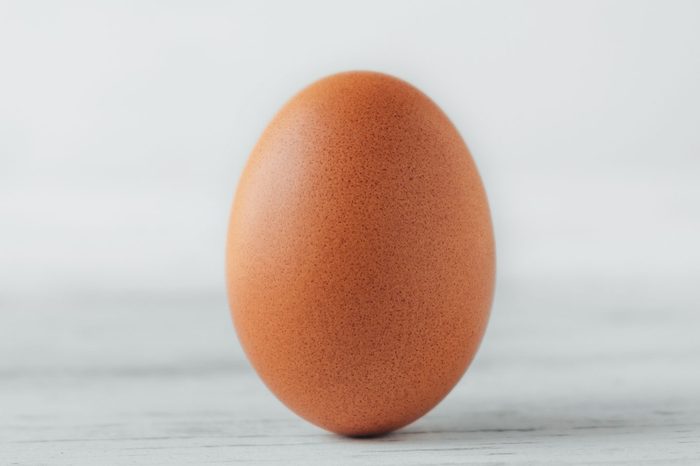
There’s a mysterious spring equinox tradition involving eggs
The spring equinox isn’t just the first day of spring—some people believe it’s a day of magic too. Folklore claims that special magnetic or energetic changes on the day of the vernal equinox make it possible to stand a raw egg on its end. As cool as this sounds, it’s a myth. You can balance some raw eggs on their end, but you can do this at any time of year.
According to the Washington Post, this egg story may stem from Chinese Lunar New Year traditions that have their roots in the Shang Dynasty, which ruled China for nearly six centuries. Legend has it that on the vernal equinox in the year 1600 B.C., a woman named Chien-Ti received a special egg from a heavenly swallow. In a story that bears similarities to Jesus’s birth in Christianity, the virgin Chien-Ti became pregnant. Her child, Hsieh, went on to found the Shang dynasty, and the tale is how the family explained its divine right to rule.
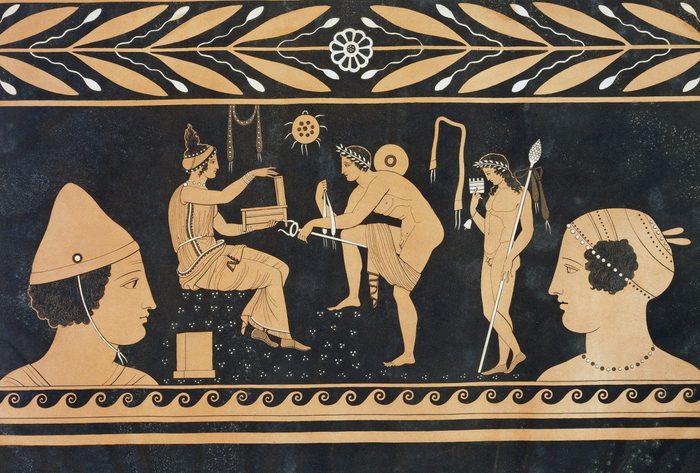
The Cybele cult celebrated the spring equinox
For a certain group of ancient Romans, the vernal equinox was a day to celebrate the deity Cybele, a goddess closely associated with nature and fertility. A cult sprang up around her, and her festival was similar to rituals surrounding Dionysus, the god of wine: There were wild parties, dancing, drinking and sex. Cybele’s festival also included a ritual reminiscent of the Christmas tree, in which celebrants would cut down a pine tree, bring it to her shrine, decorate it with flowers and worship it as a representative of the goddess.
In another interesting twist, Cybele’s priests, the Galli, were self-made eunuchs who grew their hair long and dressed as females. During Cybele’s festival, they joined in the religious fervor until they collapsed.

Other planets have equinoxes too
We’re not the only planet that gets to experience an equinox (whether it’s the spring or fall equinox). In fact, every planet in the solar system has an equinox, which occurs when the planet’s orbit and tilt, with respect to the sun, result in both hemispheres receiving about the same amount of light.

There’s a myth that a gateway to hell opens during the spring equinox
In a cemetery on Emanuel Hill in the tiny town of Stull, Kansas, lies a so-called gateway to hell, author Mark Moran writes in Weird U.S.: Your Travel Guide to America’s Local Legends and Best Kept Secrets. Legend has it that this gateway is one of several places around the world where the devil himself can enter the human world. He can only do it twice a year, and one of those days is the vernal equinox. (The other is Halloween, naturally.)
Since the 1970s, people visiting the cemetery on these days report hearing disembodied growling, being grabbed by unseen arms and experiencing amnesia. Maybe stay away from Stull in the spring and fall.

There’s a myth involving poisoned waters during the spring equinox
There are plenty of myths about the first day of spring. In fact, there’s a claim in ancient Judaic mythology that the water in springs and rivers becomes unsafe to drink during the vernal and autumnal equinoxes (and during the winter and summer solstices too), reports the Times of Israel. The solstices and equinoxes were considered spiritually vulnerable times, when warring supernatural powers might release cosmic poisons into the water.
A 12th-century scholar wrote, “The venom falls into the springs and aquifers whose waters flow to the valleys and hills, into every pool of water on the face of the Earth and into the waters inside wooden and stone vessels. The waters will kill all who drink from them at this hour.”
We probably don’t have to tell you this, but here it goes: Water doesn’t actually turn poisonous on the equinoxes.
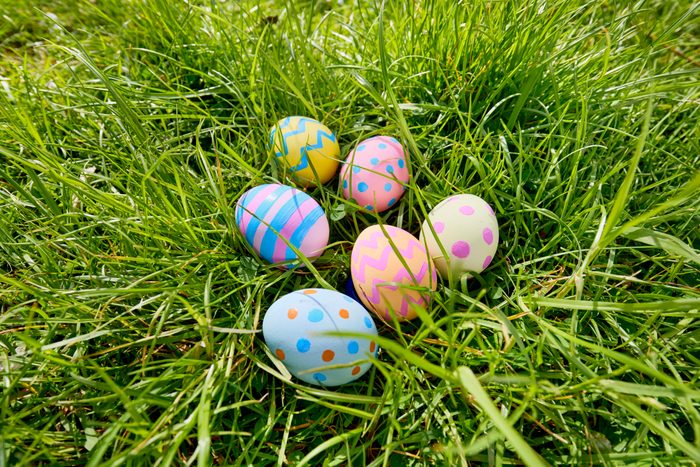
We use the spring equinox to determine the date of Easter
Unlike the date of Christmas or Independence Day, the exact date of Easter changes from year to year. Deciding what day Easter will fall on is a matter of great importance to Christian churches because it celebrates the resurrection of Jesus Christ. It’s so important, according to Panos Antsaklis, PhD, a professor at Notre Dame University, that in the fourth century A.D., a group of Christian leaders came together to officially decide how to calculate Easter’s date. Their decision: Easter would be celebrated on the first Sunday after the first full moon following the vernal equinox.

Powerful river waves appear during the spring equinox
Waves large and powerful enough to surf on typically occur only in oceans or massive lakes. But during extreme tides—usually after a new or full moon—waves known as tidal bores can pop up in rivers. The biggest and most surfable tidal bores take place during the spring and autumnal equinoxes.
One notable example occurs in a river estuary near Gloucestershire, England. Called the Severn Bore, the wave rolls through every morning for two or three days around the equinox, and surfers from around the world gather to ride it.

The spring equinox correlates with the Persian New Year
The Persian new-year celebration known as Nowruz kicks off on the vernal equinox and lasts for 13 days. On the night of the equinox, Iranian families gather for a holiday meal and count down to the first stroke of their new year with a cheer of “Eide Shoma Mobarak,” or “Happy New Year!” The holiday table, called the haft seen, is decorated with seven ceremonial items: an apple representing beauty, vinegar for patience, hyacinth for spring, a sweet pudding for fertility, sprouts representing rebirth and coins for prosperity.
Why trust us
At Reader’s Digest, we’re committed to producing high-quality content by writers with expertise and experience in their field in consultation with relevant, qualified experts. We rely on reputable primary sources, including government and professional organizations and academic institutions as well as our writers’ personal experiences where appropriate. We verify all facts and data, back them with credible sourcing and revisit them over time to ensure they remain accurate and up to date. Read more about our team, our contributors and our editorial policies.
Sources:
- The Washington Post: “Meteorological vs. Astronomical Seasons: Which is more useful?”
- The Washington Post: “Spring Starts Sunday: Five myths about the equinox, debunked”
- Bustle: “The Weird History of the Spring Equinox”
- Britannica: “Great Mother of the Gods”
- Britannica: “Galli”
- National Geographic: “Why the equinox ushers in the arrival of fall”
- Jewish Standard: “Ancient Fears, Modern Tragedy”
- Panos Antsaklis, PhD: “The Dates of Easter Sunday”
- The Guardian: “Surfers ride the Severn bore”
- NPR: “Nowruz: Persian New Year’s Table Celebrates Spring Deliciously”




















